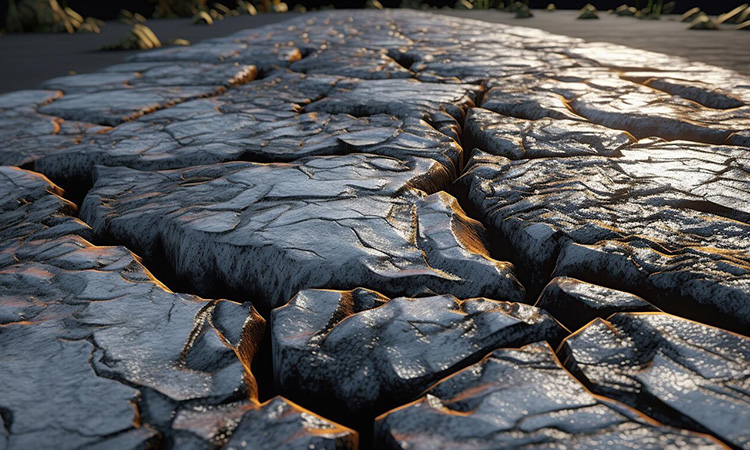Soil erosion, the gradual wearing a way of topsoil by natural forces such as water and wind, is a growing environmental concern. It not only degrades land but also affects water quality, agricultural productivity, and ecosystem health. Preventing soil erosion is vital for sustaining the environment and ensuring food security. This article discusses the causes of soil erosion and effective strategies for its prevention.
Understanding Soil Erosion
Soil erosion occurs when the top layer of soil is removed by natural elements like water and wind. This top layer is rich in nutrients and organic matter, making it crucial for plant growth. Factors contributing to soil erosion include deforestation, overgrazing, improper agricultural practices, and construction activities.
Causes of Soil Erosion
- Water Erosion: Rainfall and runoff can cause significant soil erosion, especially on sloped land without adequate vegetation cover.
- Wind Erosion: In arid and semi-arid regions, wind can remove loose, dry topsoil.
- Human Activities: Deforestation, overgrazing, and poor land management practices contribute significantly to soil erosion.
Strategies for Preventing Soil Erosion
- Vegetative Cover: Planting vegetation, such as grass, shrubs, and trees, helps anchor the soil and protect it from water and wind erosion.
- Mulching: Applying a layer of mulch on the soil surface can protect it from erosion, retain moisture, and add organic matter.
- Terracing: On sloped lands, creating terraces can reduce runoff velocity and soil erosion.
- Contour Farming: Planting crops in rows parallel to the contours of the land can slow down water runoff and reduce soil erosion.
- Riparian Buffers: Establishing vegetated areas along waterways can prevent erosion and protect water quality.
- Windbreaks: Planting rows of trees or shrubs as windbreaks can reduce wind velocity and protect soil from wind erosion.
- No-Till Farming: Reducing tillage protects the soil structure and reduces erosion.
The Importance of Soil Conservation
Soil conservation is essential for environmental health and agricultural sustainability. Preventing soil erosion helps maintain soil fertility, supports biodiversity, and reduces the risk of floods and landslides. It also contributes to climate change mitigation by preserving soil carbon.
Preventing soil erosion is a critical aspect of environmental stewardship and sustainable agriculture. By implementing effective soil conservation practices, we can protect this invaluable resource for future generations.
Next On Your Reading List:


